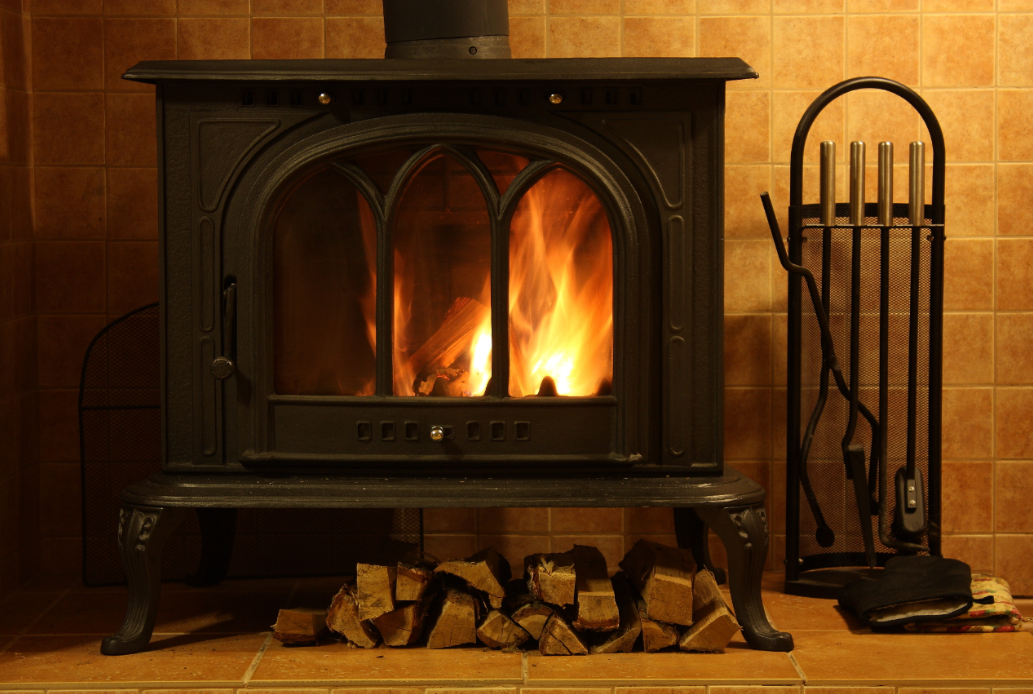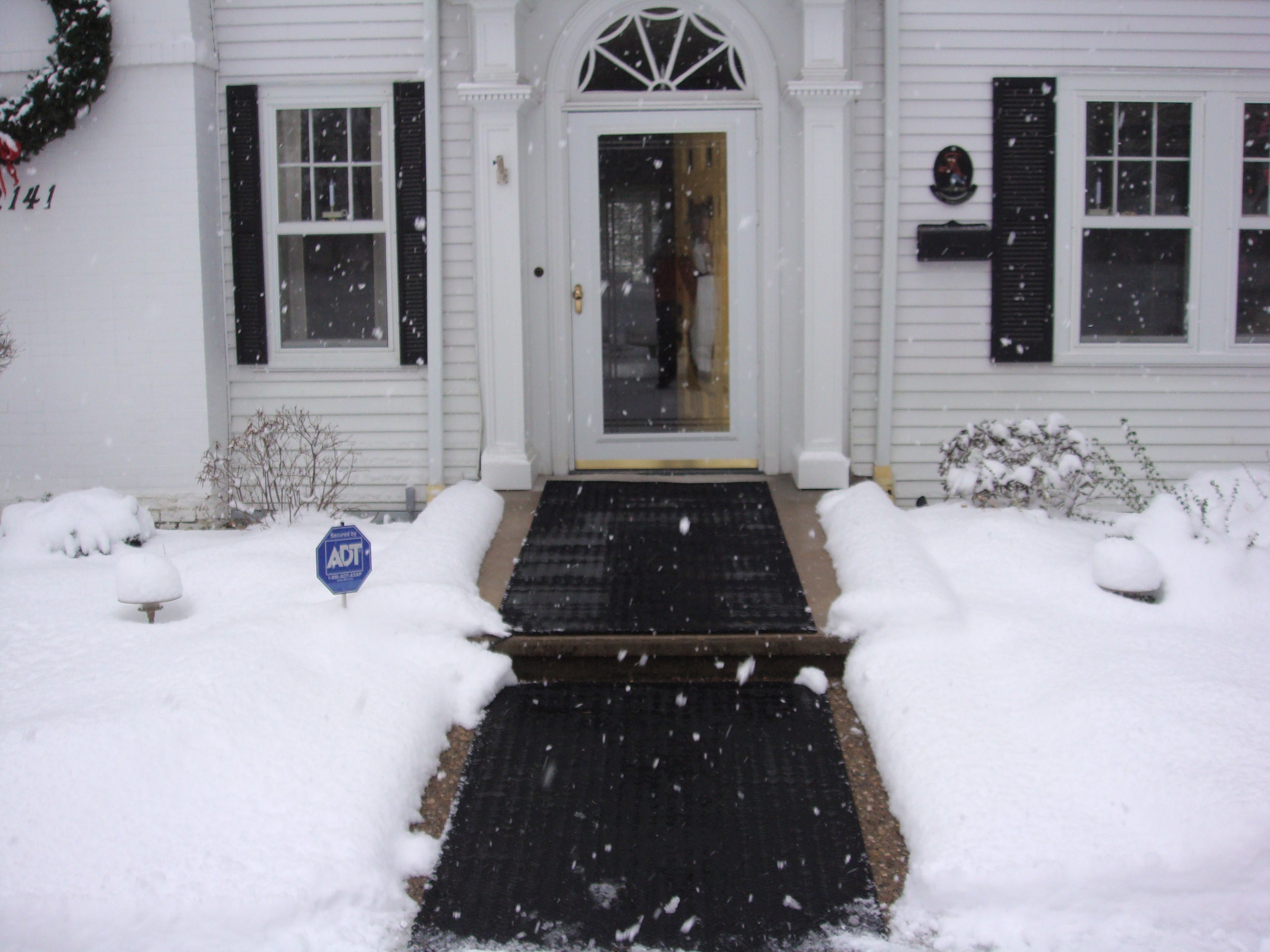
Got snow? Have a concrete driveway that needs to be cleared so you can back your car out and go to work (after all, we can't all hibernate)? We feel your pain.
One of the major challenge homeowners face over the winter is how to remove snow from their property, and most importantly, their driveways. Posing short-term and long-term problems for you, your car, and your driveway, snow can ensure that a walk of just a few steps becomes a treacherous journey and that attempts to navigate the obstacle feel like scaling Mount Everest.
Here are several tips on how to clear your snowy and icy concrete driveway:
Chemicals
The concept behind de-icing chemicals is simple: The agents work to both decrease the freezing temperature of the snow/ice, while also ensuring that the bond created between the snow/ice and the concrete driveway is broken. This ensures that the snow/ice is easily melted in its place, without any further human intervention.
Any number of chemicals can perform this job, such as sodium magnesium chloride, as well as rock salt and calcium chloride. Scientists are split as to the long-term effects of using chemicals in such a way, with some suggesting that the long-term effects to wildlife and vegetation of using such substances is significant, while others recording no such results. Nonetheless, manufacturers have invented several agents that can be used in conjunction with the chemicals mentioned above which have been proven to have less harmful effects.
One should also note that the chemicals will have a negative effect on the driveway itself, often attacking the surface of the driveway. Care should be taken as to ascertain which chemical is the most appropriate given the temperature and side-effects to your plant life and concrete surface (most agree that calcium magnesium acetate is best for concrete). You will also require spray equipment to ensure that the substance is applied correctly. (See this comprehensive guide [SGP1] for choosing the right chemicals based on outdoor temperatures and your driveway material.)
Heavy salts are not recommended for use on concrete driveways due to their corrosive nature. For adding traction and reducing slipperiness, consider using kitty litter, mulch, or table salt.
Shoveling
Chemicals aren't for everyone, and they're certainly not the most eco-friendly option. If you're one who doesn't mind spending loads of time with the cold winter air on your face, and if there's not TOO much snow, then shoveling may be a good snow removal solution for you.
For optimal driveway health, be sure to use a plastic shovel, as those with a metal head could well end up damaging the driveway.
Snow Blower
Not only is this method effective and quicker than shoveling, but you also get to have exorbitant amounts of fun with your fancy new gadget. The drawback of this option is that you may still need to shovel some of the snow, as the parts close to the driveway may have already bonded with the concrete. Another drawback: snow blowers aren't cheap and they're certainly not small – you'll need to have a place to store your snow blower (and you may need to shovel your way to get there!), and you'll need to make sure you have fresh gasoline on-hand. Gas that's less than one month old is ideal.
Radiant Heat/Heated Driveways
Here's an incredibly effective option for those non-hardy people who don’t wish to face the snow head-on. Installing in ground radiant heat, your heated driveway will allow you to watch the snow disappear as it falls from the warmth and comfort of your living room. Simply flick a switch and watch the snow melt before your eyes, as your heated driveway gets into action.
This method is generally the most expensive, so would only be of use should your home be situated in an area likely to be affected on a regular basis by snow.
A Word About Heated Mats:
Unlike the heated driveway, which requires an expensive installation process, heated mats are a far cheaper option. Still utilizing electricity, you simply need to place the mats on your concrete driveway before the snow arrives.
The mats use water-tight connector cables, which can be interconnected to make a continuous walkway from your house to the street or to your driveway – all plugged into a power source with a single plug. For continuous coverage, you can use Residential Snow-Melting Walkway Mats with the Residential Snow-Melting Stair Mat with the Industrial Walkway Snow-Melting Mat (residential walkway and stair mats are for foot traffic only, while industrial walkway mats may be driven upon).
These mats cost a fraction of what in ground radiant heating cost, and require zero effort compared to the options above. Turn the mats on when a snowstorm begins, and then turn them off when the snowfall has stopped. There's also an option to use an energy efficient snow sensor or thermostat that will automatically turn on and off the mats, thereby conserving your electricity and further reducing your physical efforts You can roll up the mats and store them during non-snowy seasons. To learn more about the mats download our Ultimate Guide to Snow Melting Mats here.


